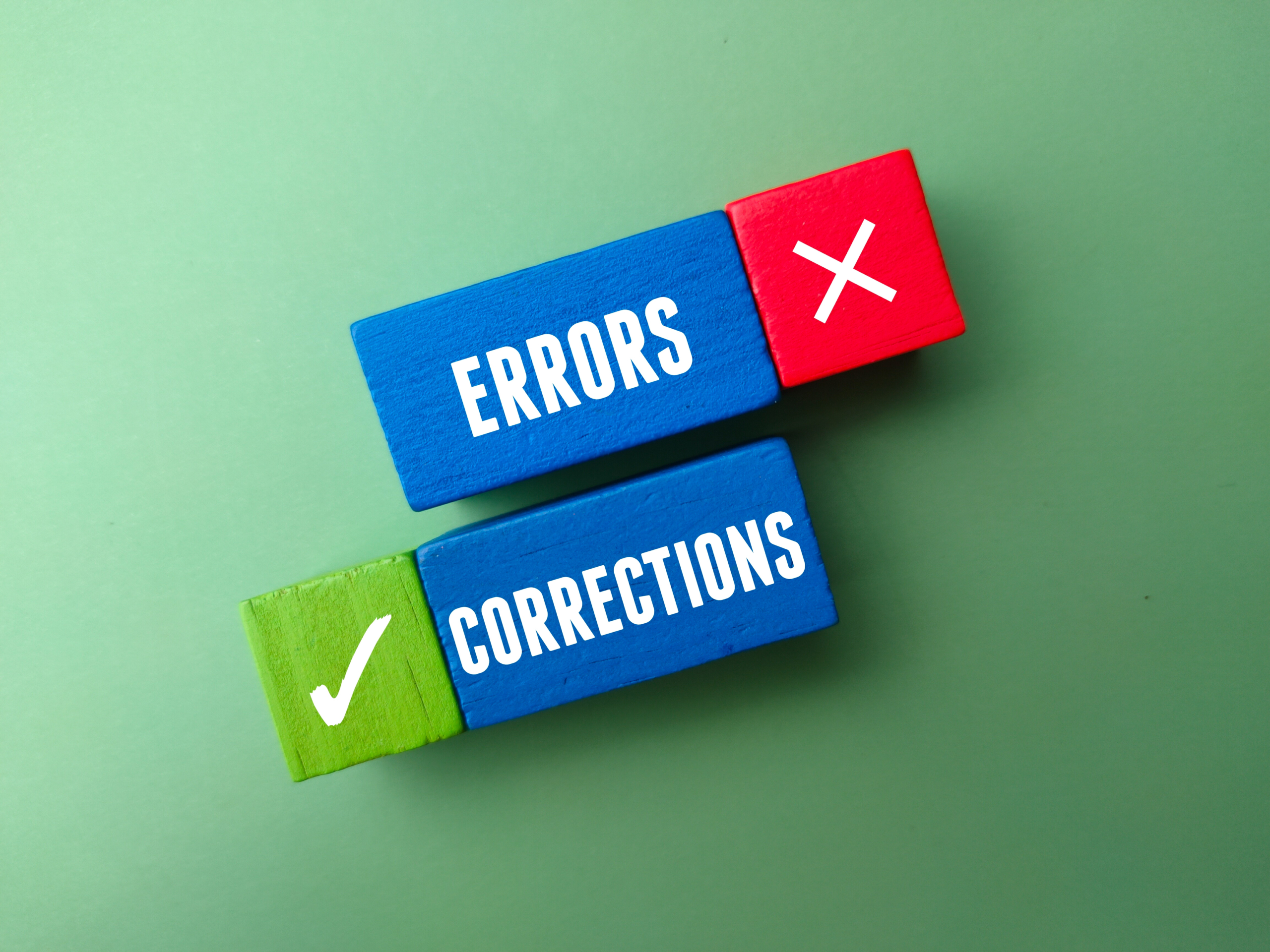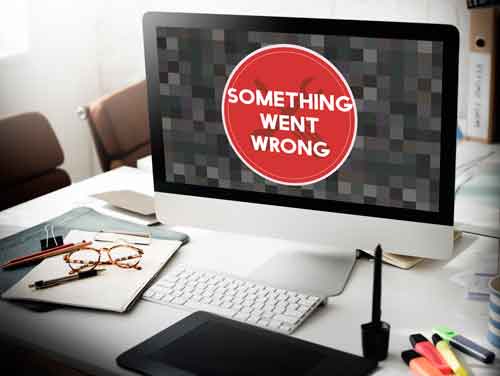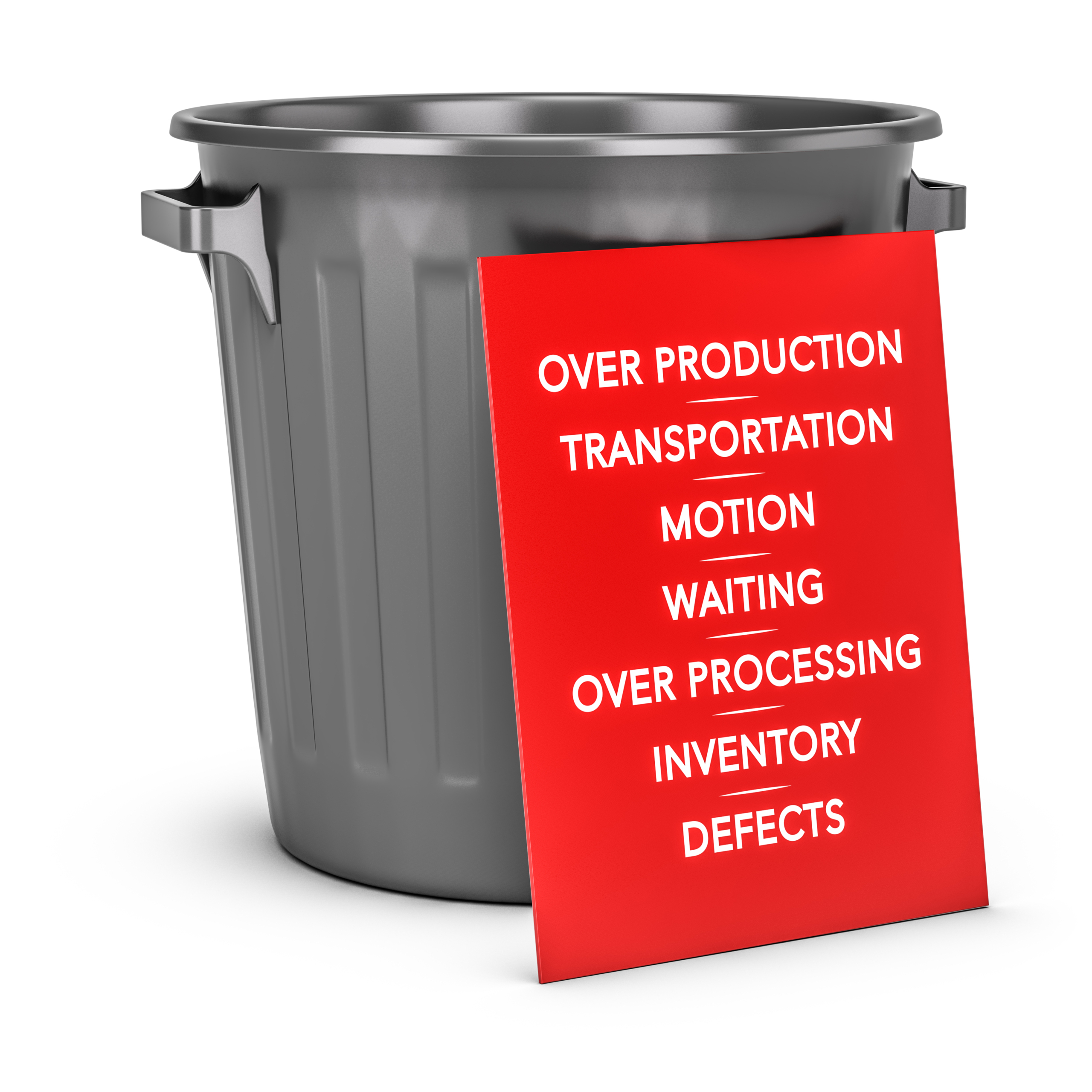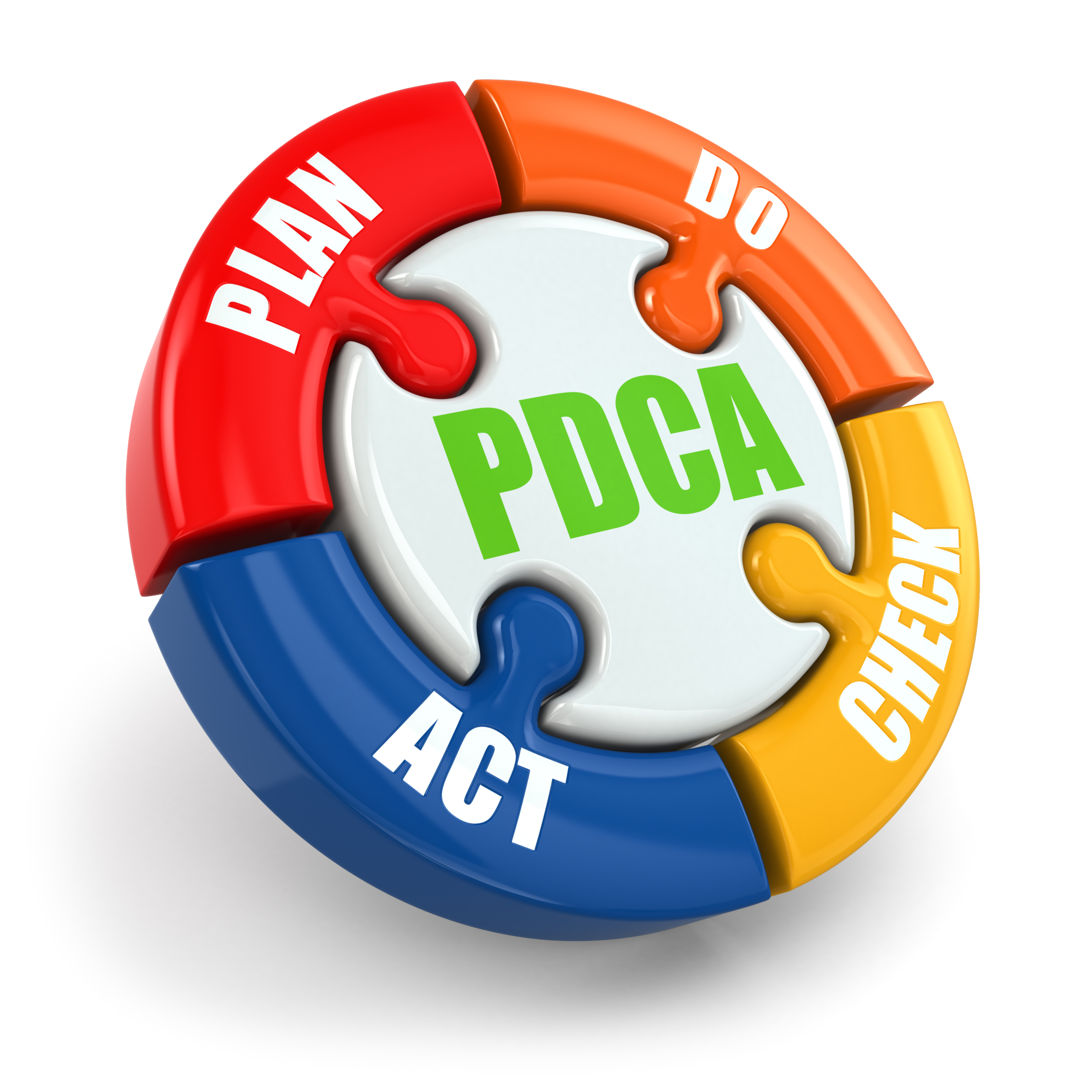
Reducing Nonconformances
Reducing nonconformances in an organization is fairly easy to do, although it is impossible to eliminate them completely. It is however always better to prevent issues rather than reacting to them.

Reducing nonconformances in an organization is fairly easy to do, although it is impossible to eliminate them completely. It is however always better to prevent issues rather than reacting to them.

A construction quality control plan should contain a systematic process that can be used to manage construction nonconformances, whether they’re simple or difficult.

Manufacturing nonconformances are products that don’t meet specifications established by regulators or manufacturers. Nonconformances are however not only defective physical products.

Using Non conformance Management Software has many benefits, one of which is saving you energy and time.

Creating a nonconformance report is not that difficult. The 7 steps described in this article will go a long way in helping you write a report that will form an integral part of your company’s continual improvement process.

There are many benefits of using Non-Conformance reports in a business. These include: Prevent customer complaints..

Causes of ISO 9001 non-conformance can vary from things like lack of employee training, inadequate management commitment, ineffective process controls, insufficient documentation, resistance to change, and poor communication.

Fundamental to Kaizen continuous improvement is the philosophical belief that everything can be improved. When using this approach, incremental changes gradually add up to substantial changes over the long term.

he Plan-Do-Check-Act (PDCA) cycle is a scientific method for iterative problem-solving that is used to continuously improve products and processes by identifying improvement opportunities. It is also referred to as the Shewhart cycle or the Deming cycle.

CAPA records and the CAPA process is often a big issue for ISO 9001-accredited companies. CAPA (corrective and preventive action) still remains one of the most cited areas for external audits during ISO QMS audits.